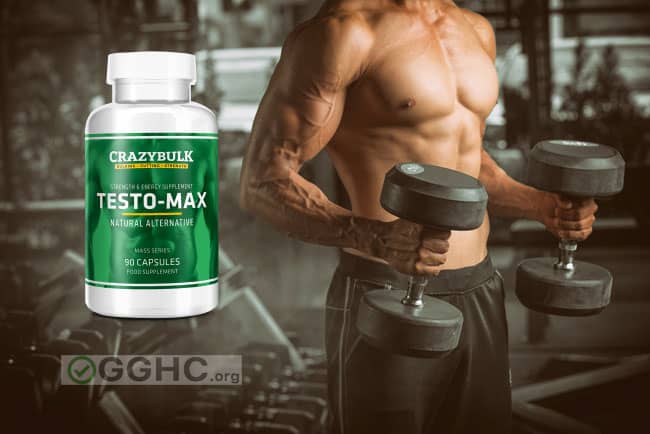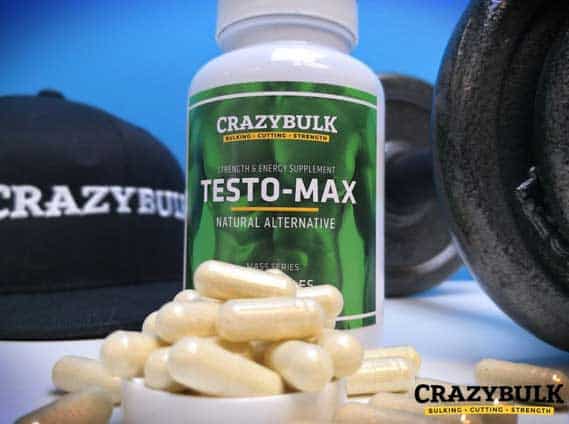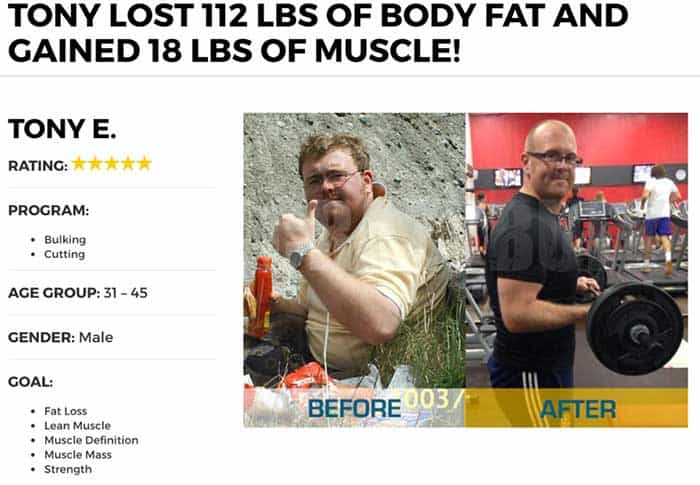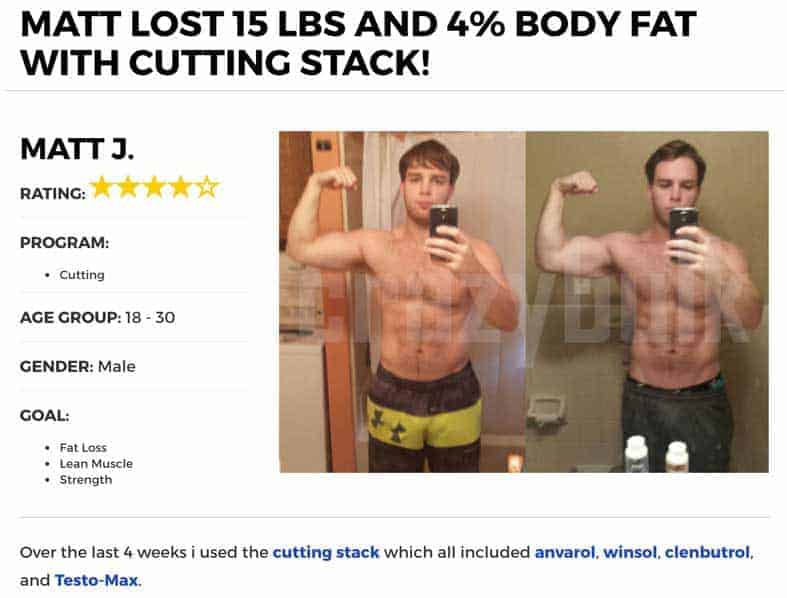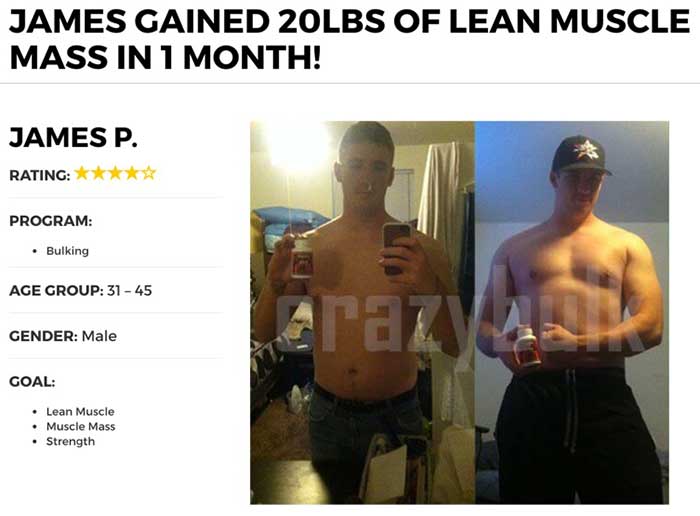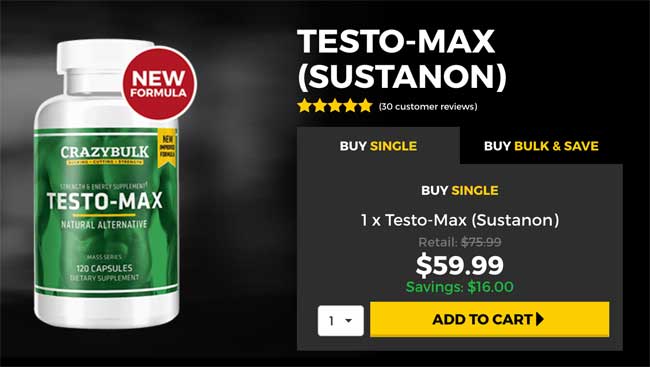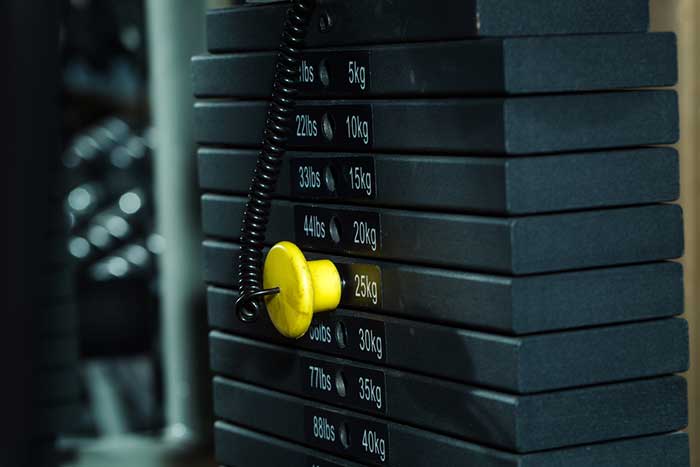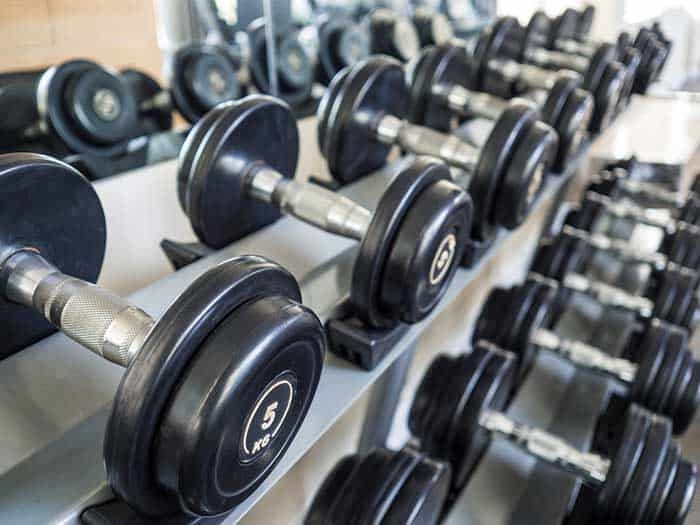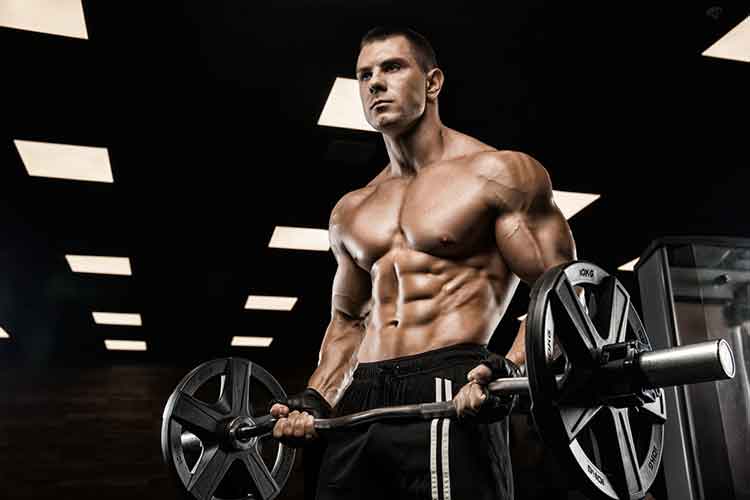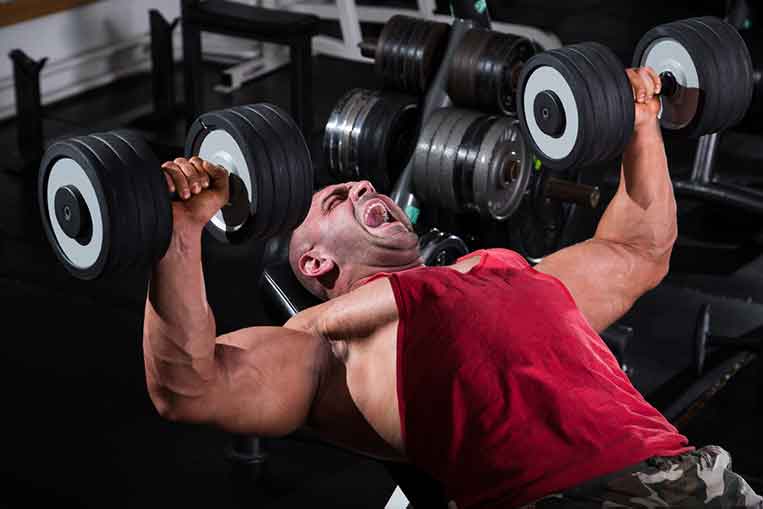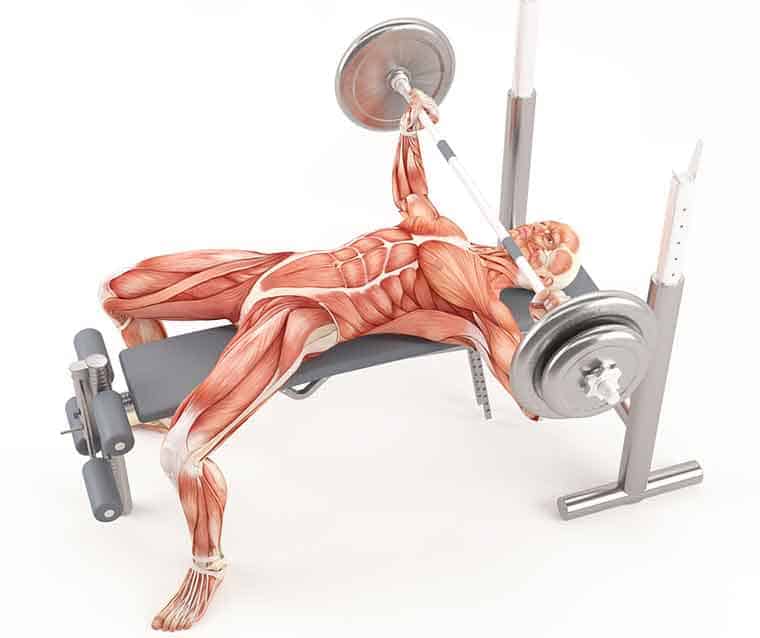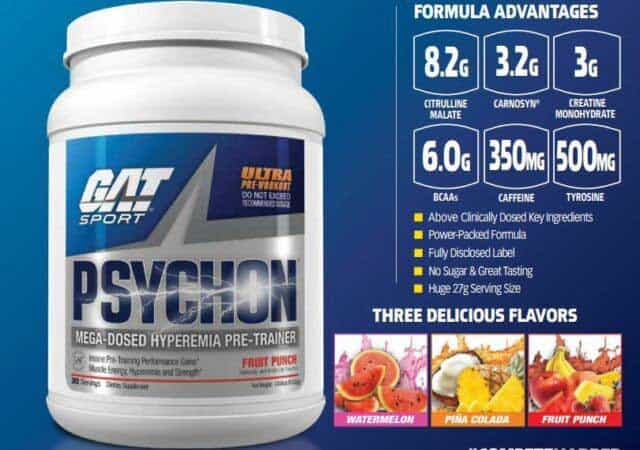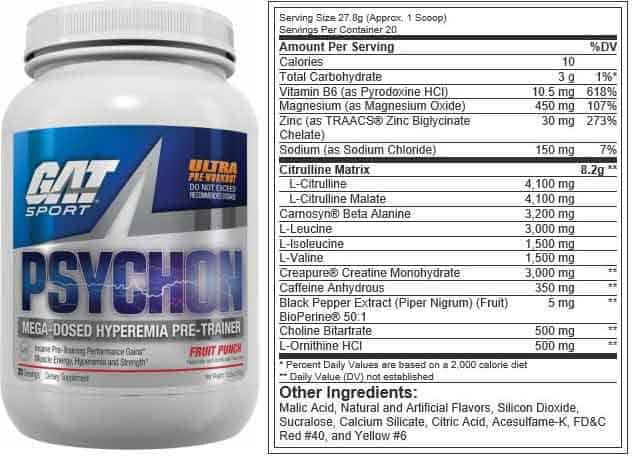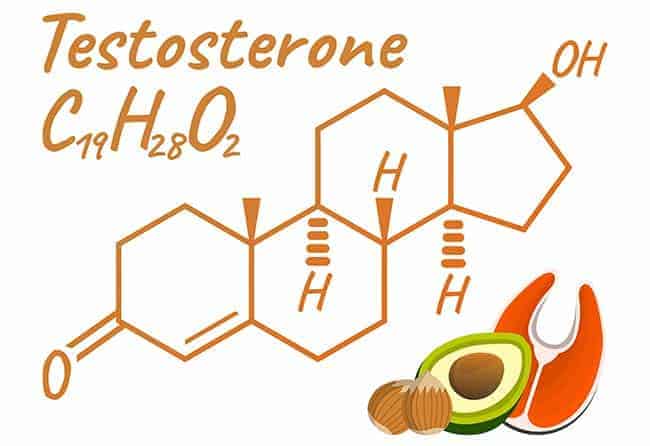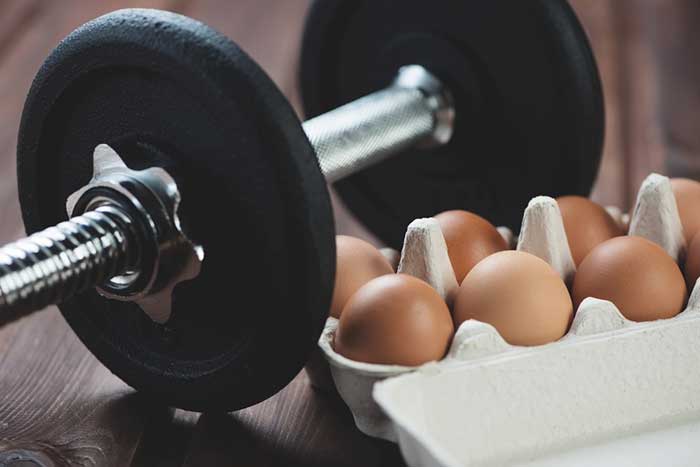Is Clen good for cutting cycles? Clenbuterol is used by bodybuilders who want to cut body fat and people in general who want to lose weight. But is it safe, is it legal, does it really, is it worth the risk?
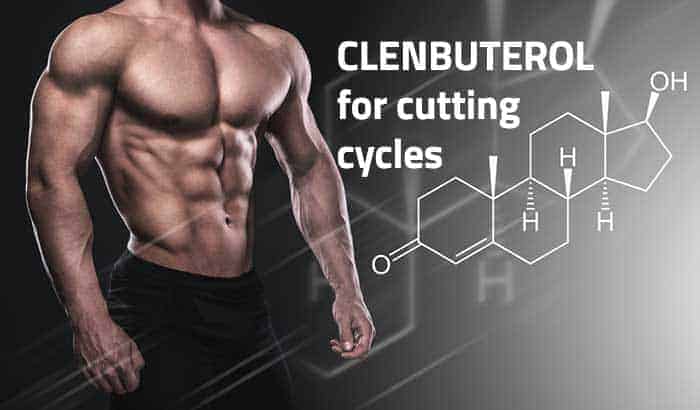
Clenbuterol Review
Clenbuterol (also shortened to clen) is a powerful fat-burning supplement that is often mistaken for a steroid.
Bodybuilders favour its use during cutting cycles and many celebrities use it to stay in shape. It’s highly regarded for its ability to burn fat and retain muscle.
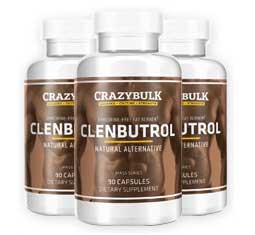
This article is written objectively about Clenbuterol. We are not advising to buy Clen nor are we recommending its use for bodybuilding – it can cause side effects.
There are however alternatives that can be used for fat loss and cutting. Alternatives that are safe to use and will give you the the benefits but not the risks. Click here to view pricing on Clenbutrol – effective legal alternative
However, let’s get a few things straight right from the start.
First of all, Clenbuterol is not approved for human use in the USA. Although it can be used for treating asthmatic horses, it cannot be used on any animals intended for human consumption. [1]
In certain countries of the world it’s approved for treating humans with asthma, but its use is not sanctioned in other areas.
Apart from being a powerful fat burner, Clenbuterol is also a performance booster. Many notable athletes, including the German sprinter Katrin Krabbe, have been hit with competition bans due to its use.
Due to its addictive nature and many side effects, it has been labeled “Hollywood’s Dangerous Weight Loss Secret”. [2]
However, although initial results can be shockingly good (up to 20lbs per month) the fat burning ability of Clenbuterol can diminish with use.
Recommended Article: Did you know there are supplements that work like that steroids that are totally legal, safe and natural!

What is Clenbuterol?
Clenbuterol belongs to a class known as beta2-adrenergic agonists.
Supplements of this nature are stimulants that affect the body in many different ways. Their ability to open up the bronchial passages makes then useful for treating lung diseases such as asthma and bronchitis.
Clen was initially developed during the 1970s and was used for treating racehorses with breathing difficulties.
It has also proved to be useful as a fat burner for cattle. Its ability to burn fat and improve muscle can improve the quality of the meat.
US law forbids the use of Clenbuterol on animals intended for human consumption.
However, when bodybuilders learned of clen’s abilities they began using it as a performance enhancer and fat burner.
Key Benefits
- Rapid fat burning
- Retains muscle mass
- Boosts energy to provide a superior workout
How Clenbuterol Works
One of the things beta-2-agonists like Clenbuterol do is increase adrenaline production. This stimulates a slight elevation in body temperature.
This elevation does two things. First of all, it causes extra energy (calories) to be lost from the body into the atmosphere as heat.
Secondly, it increases the metabolism. This causes the body to burn calories faster than normal. When the body grows short of calories it begins burning fat for energy.
The problem is, the kind of calorie deficit that is necessary for fat burning usually results in some loss of muscle mass as well. Clenbuterol is valued for its ability to support fat burning while preventing this from happening.
Additionally, it also boosts energy and provides appetite suppression. With abilities like these, it’s easy to understand how it became so popular. However, the fact remains it is both dangerous and illegal to use.
Fortunately, recent advances within the supplement industry mean better, safer options are available.
How to Use Clenbuterol
When it’s being used to treat the symptoms of asthma, the normal dose is 0.02 and 0.03 mg per day.
However, when people are using Clenbuterol to burn fat or enhance physical performance they tend to use a higher dose. Typically 0.06 and 0.12 milligrams per day and use it in a six or 12-week cycle.
There are three versions available:
- Pills (Can be dangerous for your liver)
- Liquid (Difficult to get the dose correct)
- Injection (may cause scarring and air bubbles in the blood)
The pills are the most popular.
If you are seriously thinking of using Clenbuterol for fat burning or bodybuilding reasons there are a few important things to bear in mind.
First of all, using it is illegal. Secondly, there is a risk of side effects and you may damage your health.
Finally, it is totally unsuitable for anyone who is pregnant, has a heart condition or other serious health issues, or has a BMI of 25 percent or more.
Clenbuterol Side Effects
Too many people get so caught up in the good things Clenbuterol can do they ignore the fact that it can also hit you with some serious side effects.
Like a lot of other stimulants, Clen can give you the shakes. Especially in the hands. Depending on your work, this can put a nasty dent in your ability to function in a productive way.
If you need to do intricate tasks, work with sharp implements, or operate heavy machinery, Clenbuterol is going to be an especially unwise option.
A lot of people who use Clen also experience headaches. This is not surprising though. Using clen can push your blood pressure through the roof.
High blood pressure is a pretty serious consequence as it is because it puts a strain on the entire cardiovascular system. However, Clen can be extra unfriendly to the heart by causing palpitations and atrial fibrillation (abnormal heart rhythm).
Atrial fibrillation interferes with the heart’s ability to pump blood efficiently. Using Clen can also lead to cardiac hypertrophy. When this occurs the heart increases in size. Neither of these things are good for your life expectancy.
Other Clenbuterol side effects can include:
- Depression
- Stress
- Anxiety
- Dehydration (due to excess sweating)
- Difficulty sleeping
- Diarrhea
- Dry mouth
- Nausea/vomiting
Additionally, Clen can also be highly addictive.
All things considered, the risks involved far outweigh any value clen offers. That’s why it’s so good that safer alternatives are now available.
Clenbuterol Pros and Cons
| PROS | CONS |
| Provides rapid fat loss | Illegal |
| Protects existing muscle mass | Competition bans |
| Increases energy | Causes many side effects |
| Provides a better workout | Presents many dangers |
| Improves physical performance | Addictive |
| Safer alternatives available |
Is Clenbuterol Worth the Risk?
There are mainly three different types of people who find clenbuterol attractive.
Bodybuilders, athletes, and people who wish to lose weight. In all cases, Clen is not worth the risk. If you doubt that, go back and take another look at the list of potential side effects.
It’s all too easy to cross your fingers and hope you’ll get lucky, but what if you don’t?
Admittedly, plenty of people do take a chance and win, but it’s still a game that’s being played with a loaded gun.
Taking such chances is also as unnecessary as it is foolhardy. No matter how great the desire to lose fat and look good, there are better ways to do it.
There are legal options that can match Clenbuterol’ abilities without presenting any known health risks at all.
Bodybuilders and competing athletes also have an additional risk to consider. Clen can remain detectable for quite a long time. Many athletes have found this out the hard way.
Clenbuterol FAQ
Can women use Clenbuterol?
Women can and do use Clenbuterol, but that does not mean it’s a good idea to do so. Regardless of sex, there can be side effects involved. It can also be addictive. In fact, according to media sources, Britney Spears became addicted to it. Side effects and addiction are too high a price to pay just to look good.
What’s the difference between Clenbuterol and Dilaterol?
They are the same thing. Clenbuterol is the generic name. Dilaterol is a brand name. Spiropent and Ventipulmin are also brand names it is sold under.
How long is the maximum usage cycle?
People who use clen should not be doing so for any longer than 12 weeks.
Do you still need to diet and exercise to lose weight with Clenbuterol?
Lots of people will tell you that clenbuterol can burn fat without the need for diet and exercise. However, this is not true.
If you are only looking for something to help you to lose weight and think Clen will allow to you sit on the couch all day, eating potato chips, and still lose weight get ready to be disappointed.
How good is it for appetite suppression?
Like other stimulants, Clenbuterol offers a mild appetite suppressing effect. It will curb your desire for food a little, but it’s no great guns in this regard. If you are primarily looking for appetite suppression, you need to look elsewhere.
Will I need to do a PCT?
Clenbuterol does not suppress normal testosterone production, so there is no need to do a post cycle therapy.
Some people actually incorporate the Clenbuterol into their PCT after they stop using other steroids. The idea being that it will help prevent muscle wastage.

